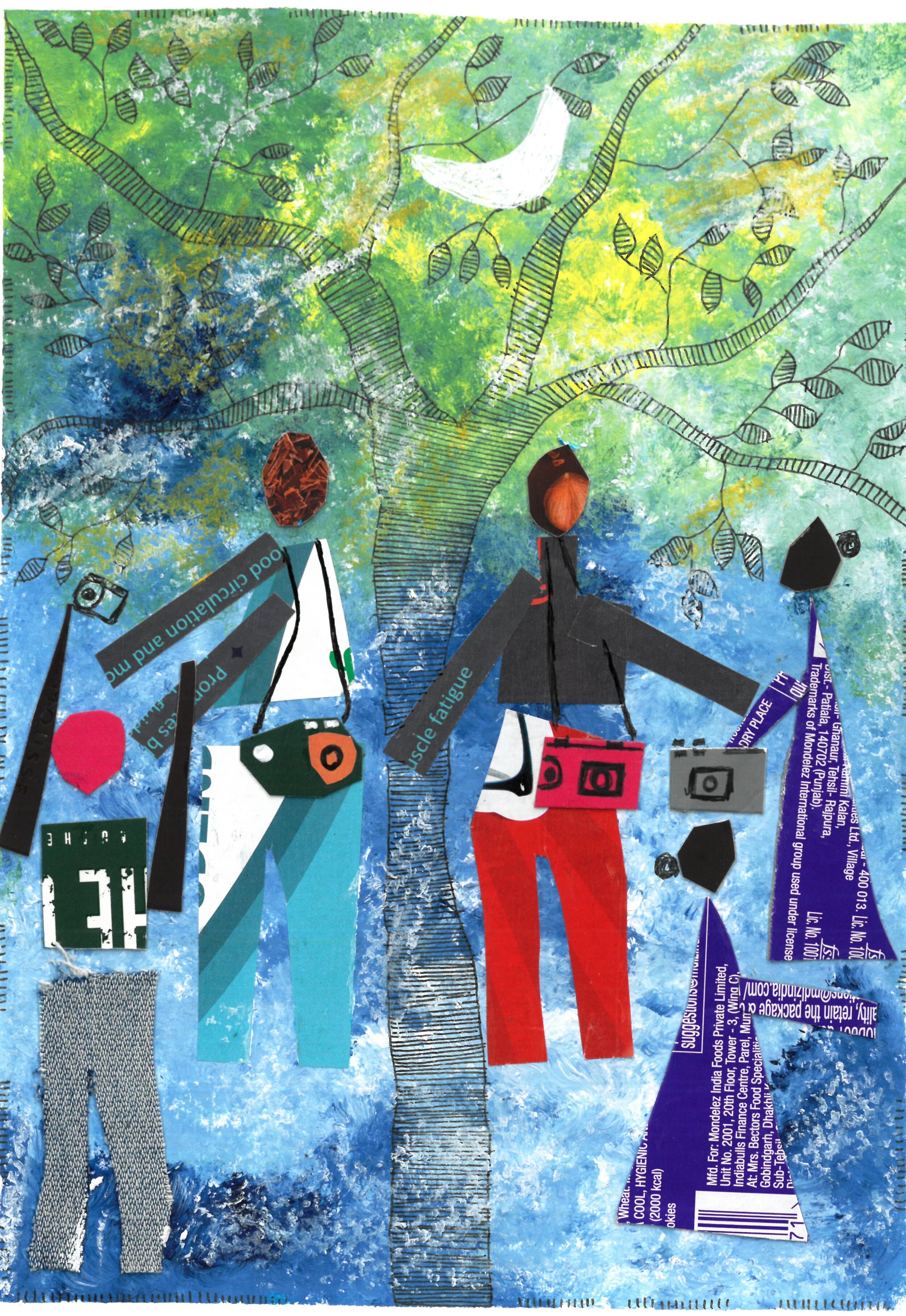Thomas & Lyle’s Story
I studied biology in college, intending to attend medical school, but after spending my junior year in France, it became obvious that my passion lay elsewhere. So, when I returned to the States as a senior, I enrolled in writing and photography classes rather than completing my biology honors thesis. This decision led me back to Europe with a grant to look at immigrant communities, shifting my career trajectory away from medicine and setting me firmly on a path toward media and filmmaking.
My interest in photography was sparked by our grandfather, who was also a photographer, but when I went to study at Wesleyan University, I was working on a degree in economics. Then, in my sophomore year, I visited my older brother Thomas in Europe, and that trip changed everything. I realized I was no longer drawn to economics and was much more interested in the creative field, so I dropped out and threw myself into photography. Later, when I returned to school to pursue my interests, I graduated with honors and went on to complete an MFA.
Because we are both artists, Lyle and I constantly exchange ideas and resources. My work as a filmmaker is similarly centered on the collaborative process. I like to hand the camera and other storytelling tools to subjects and then work with them to build a narrative. I started using this approach to storytelling in the film project Vintage: Families of Value (1995), on which Lyle and I worked together.
Collaborating with him came naturally because, as brothers, we shared so many life experiences as children and as young adults. The project started with our relationship to each other, our family, and the queer community. Lyle and I would have these ongoing conversations and eventually began video-recording interviews with each other. I later decided to get other sibling groups together and ended up interviewing about 60 people on their visions about what families could be. Back then, a lot of LGBT films didn't address the experiences of black people or women, so we made sure to include these perspectives.
The film initially came out in 1995, but it was not shown in many places for a long time. In 2020, we celebrated its 25th anniversary. Since the original release, many people have come to us and shared how the film has helped them. Being in the film myself, I can tell you it was a very powerful thing for me, too. It helped me explore and expand my vision of art for the future of activism.
Artist Notes
“Thomas and Lyle are featured in the centre of this illustration with their cameras next to a giant tree. The tree represents the community they engage with. The two girls on the right of the illustration are siblings and are shown receiving a camera, while one of the brothers gives the male figure on the other side a different storytelling tool. Traditionally, the moon symbolises creativity, and is used here to represent both brothers’ foray into photography, following their decisions to pivot away from the degrees they initially planned to pursue.”
Published Sep 30, 2020
Updated Aug 30, 2023

















